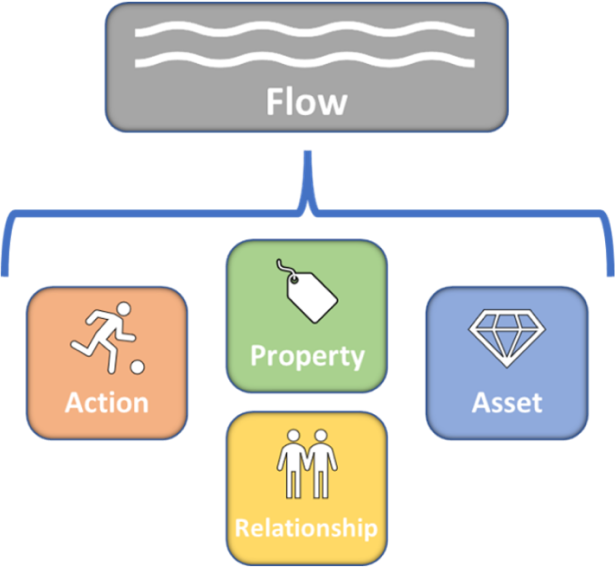Attack Flow v3
With Attack Flow, you will capture the entire attack and communicate what matters!
March 3, 2022
Defenders typically track adversary behaviors atomically, focusing on one specific action at a time. While this is a good first step toward adopting a threat-informed defense, adversaries usually use multiple actions in sequence—we call these sequences attack flows. Toward the goal of visualizing, analyzing, and sharing attack flows, the Attack Flow project is developing a data format for describing sequences of adversary behaviors, a set of attack flow examples, and a GUI-based attack flow builder tool.
This is an old version of the Attack Flow project. For the latest version, see: Attack Flow.

Defenders often track adversary behaviors atomically, focusing on one specific action at a time. This makes it harder to understand adversary attacks and to build effective defenses against those attacks.

Built a language to describe sequences of adversary techniques (attack flows) and developed an Attack Flow Builder tool.

Help defenders and leaders understand how adversaries operate and compose atomic techniques into attacks to better understand defensive posture.













With Attack Flow, you will capture the entire attack and communicate what matters!
Connect adversarial threat mitigations to cybersecurity program resources tailored to the financial sector, namely the Cyber Risk Institute …
Building upon the research of Summiting the Pyramid, Ambiguous Techniques is a methodology to determine malicious intent behind seemingly benign …
Sign up for our "Stay Informed" mailing list to receive announcements for project publications, upcoming events, and other news about the Center.